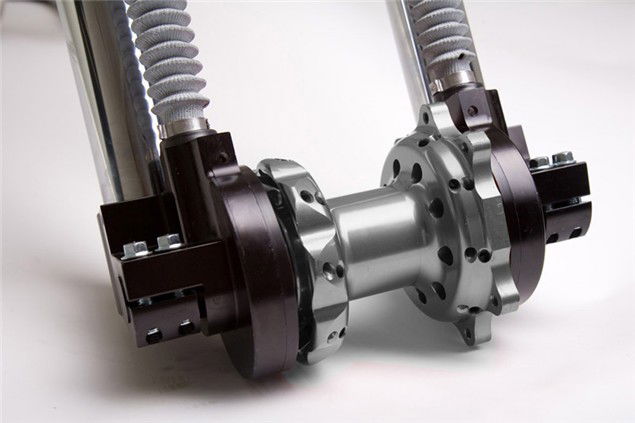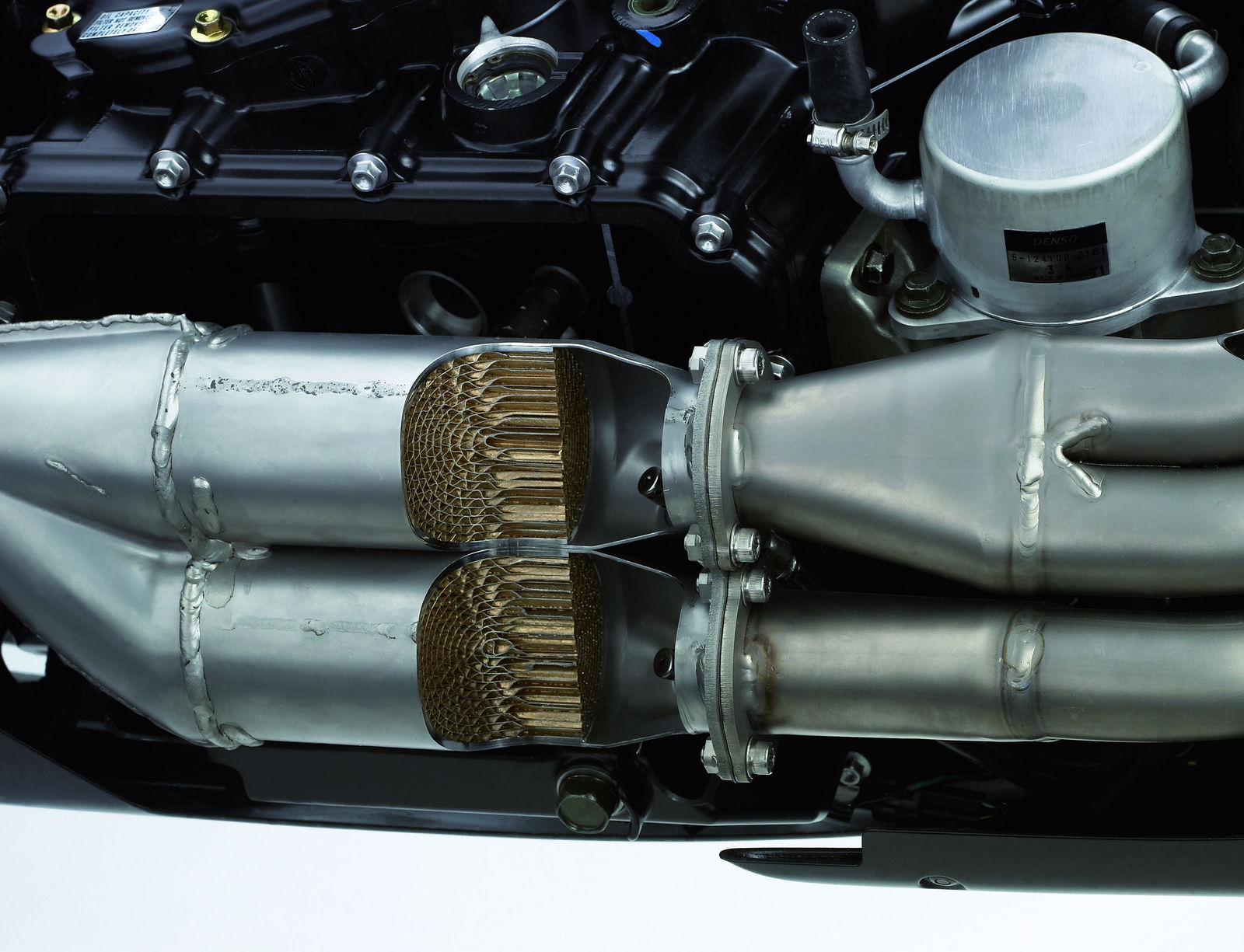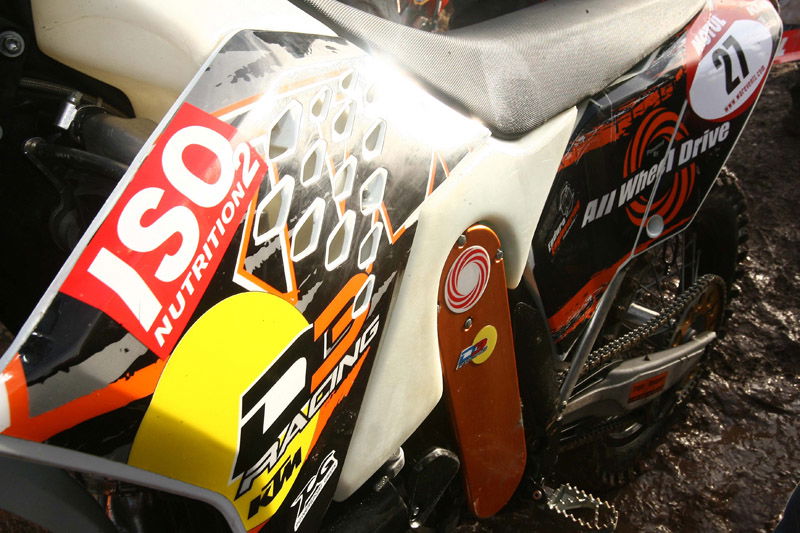How the Christini 2WD system works
The Christini 2WD is devilishly simple, but still remarkably complex. Here’s how it works

When you buy a £2,700 Christini kit, you receive a new frame for your motorcycle, with a front fork and wheel assembly. Christini also sell complete bikes, which cost £2,800 more – and are 7kg heavier – than the corresponding RWD model.
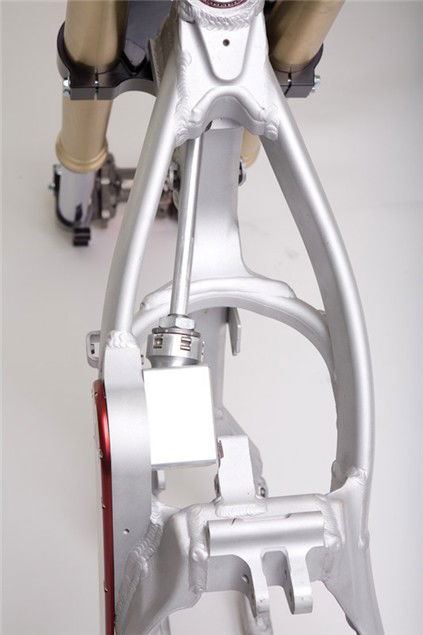
Christini-equipped bikes have a second drive chain, running from the countershaft to a point high on the frame beam. From there, a shaft transmits power under the fuel tank. Bevel gears in the steering head transfer power down the steering stem to the lower triple clamp. Two small drive chains in the clamp transfer power out to a pair of telescoping shafts, running parallel to the fork legs.
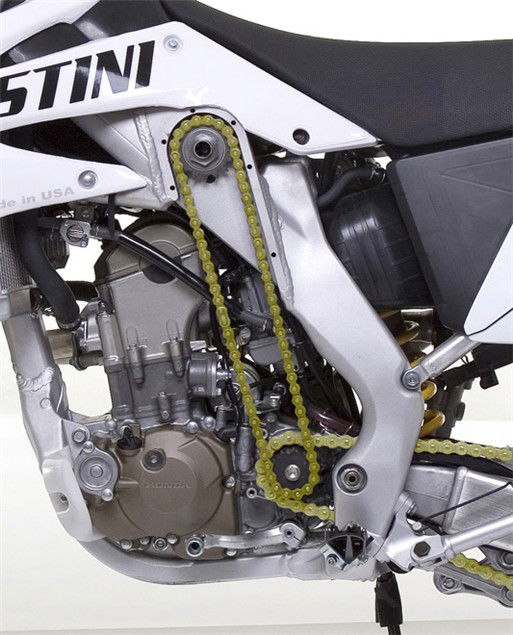
At the front hub, a Sprague clutch – similar to the freewheel mechanism in a bicycle’s rear hub – transfers power to the front wheel when rear-wheel speed exceeds front-wheel speed by more than a prescribed ratio.
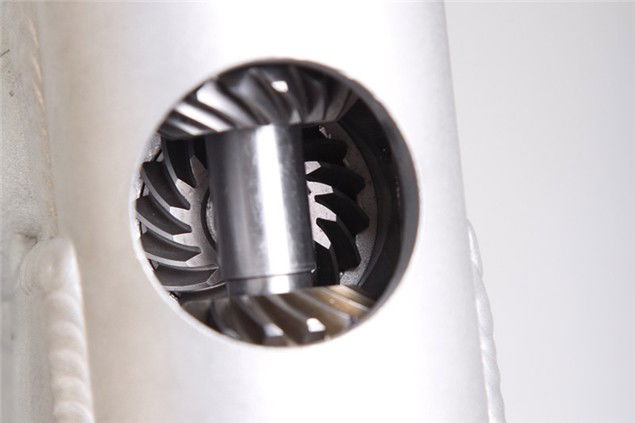
Any system that applies positive torque to the front wheel in a turn makes the bike lean in. That “steer-torque” complicated handling enough, so Christini decided to minimize the torque effects of his own system by using counter-rotating shafts, which cancelled each other out. Those two shafts also provide an unexpected benefit: they act as gyroscopic steering dampers, reducing the bump steer effects produced by other front-hub motors.
